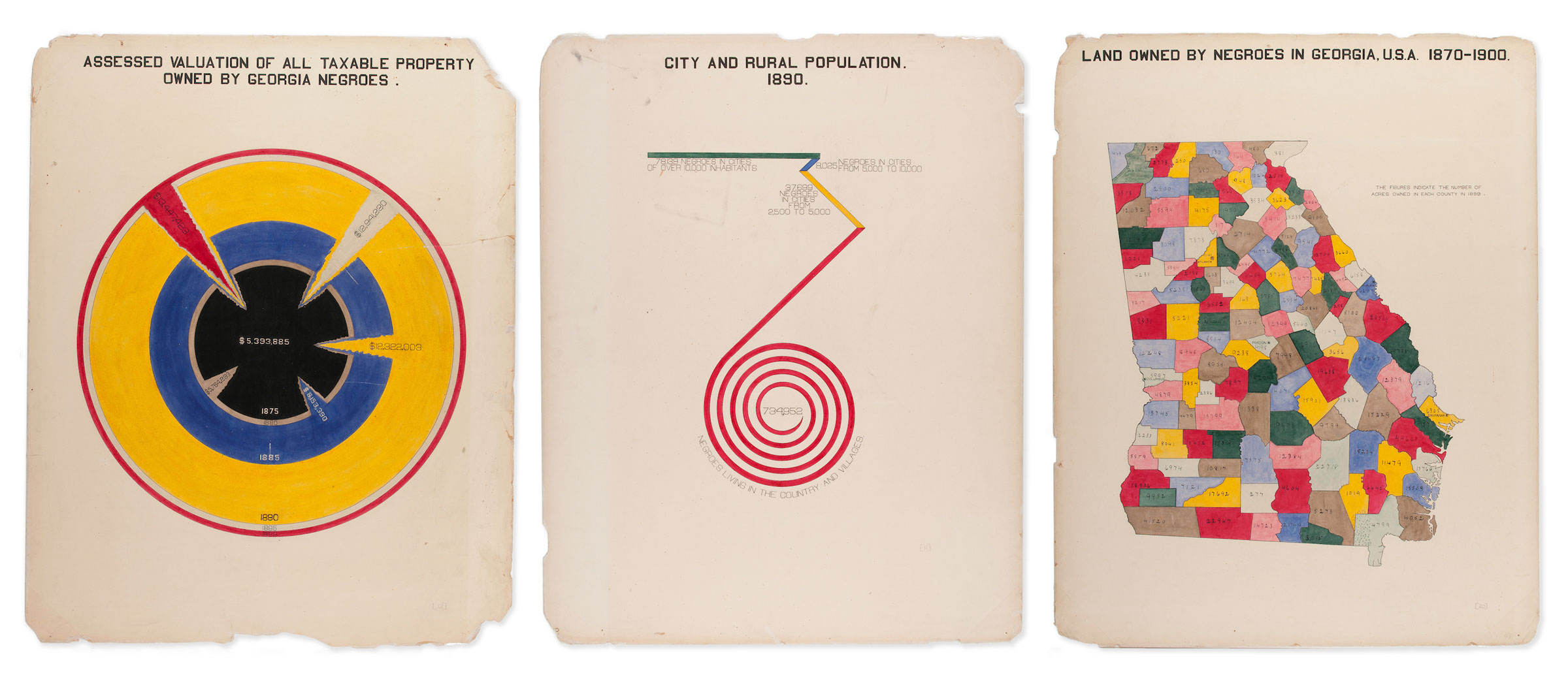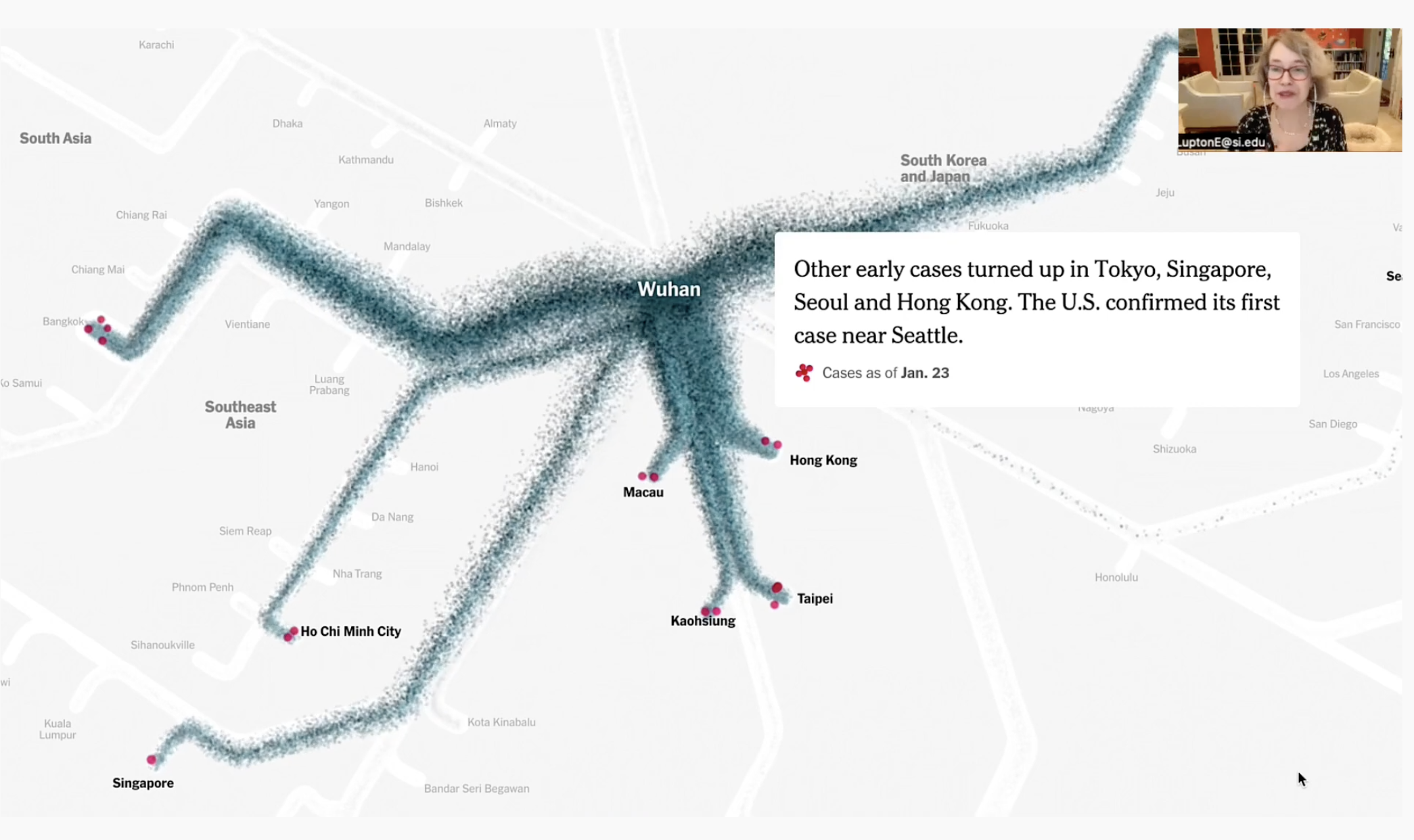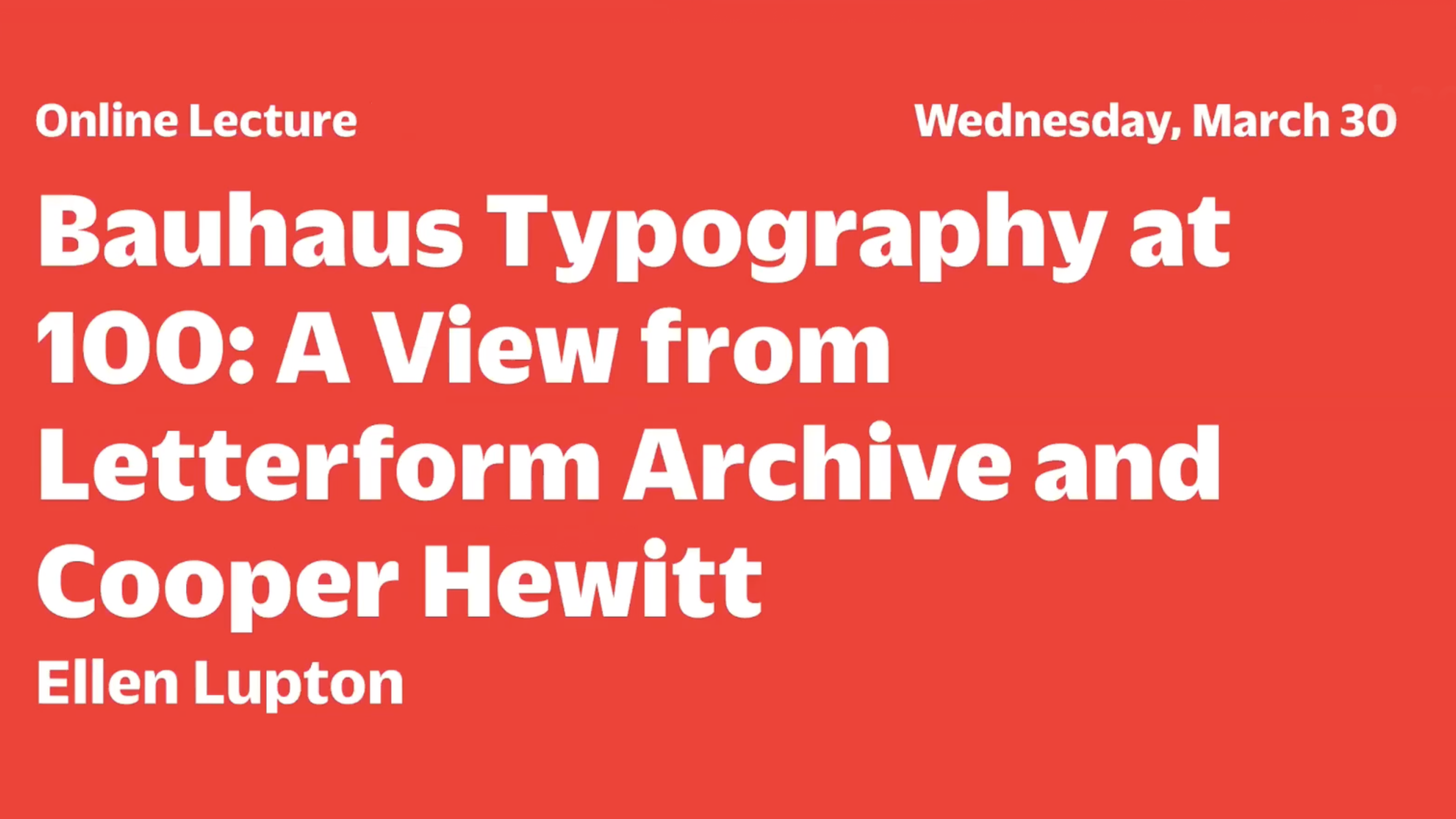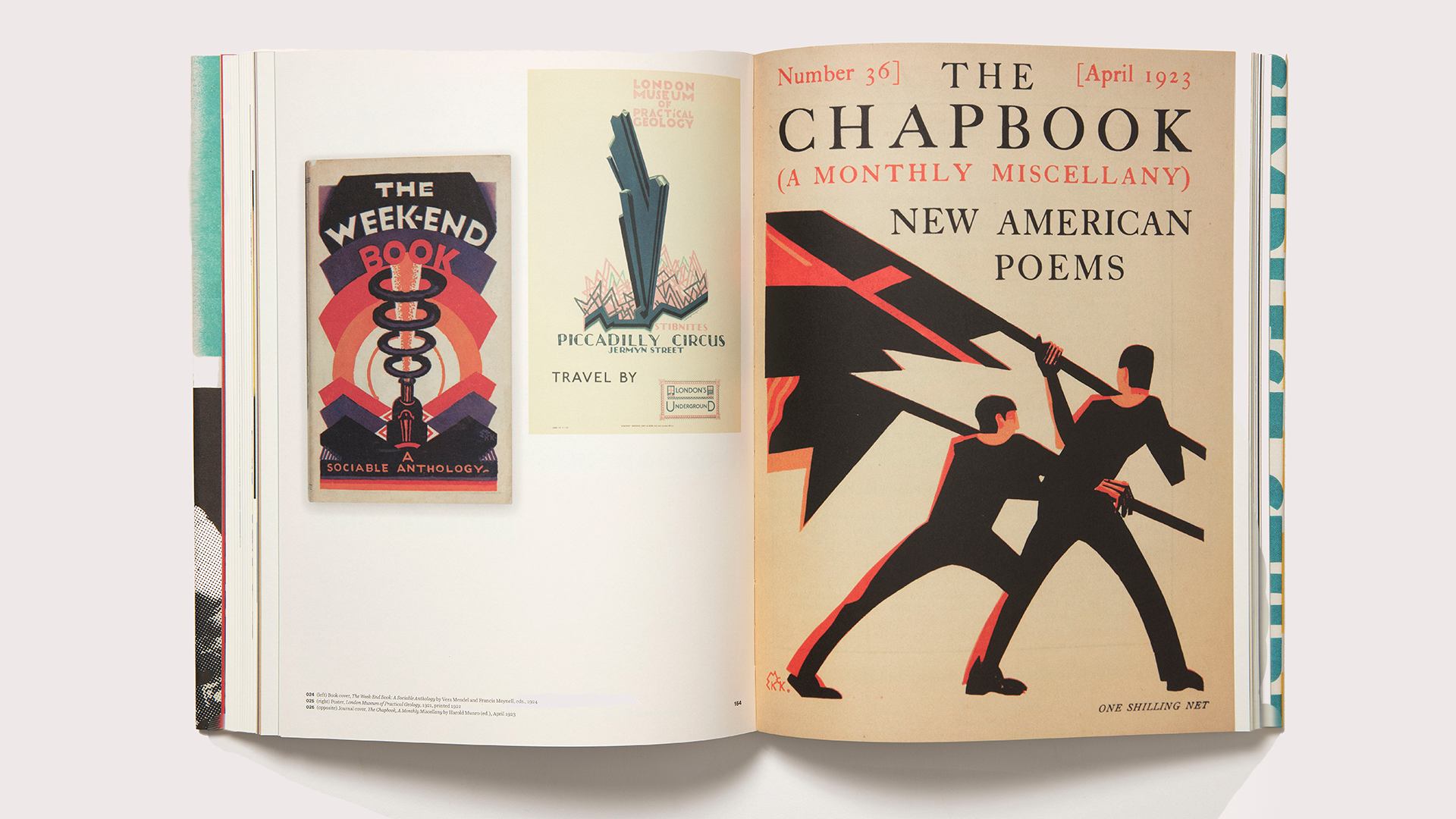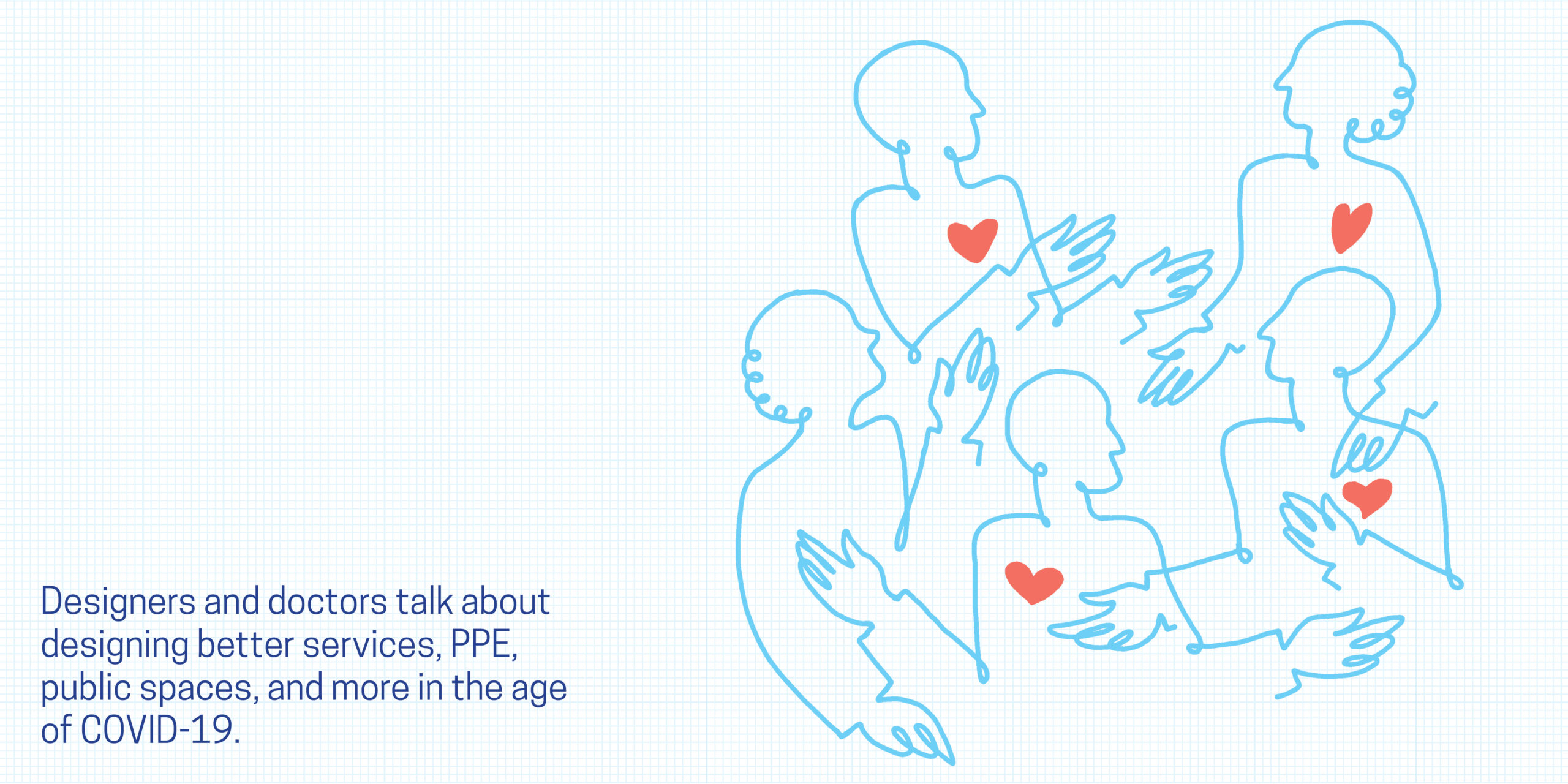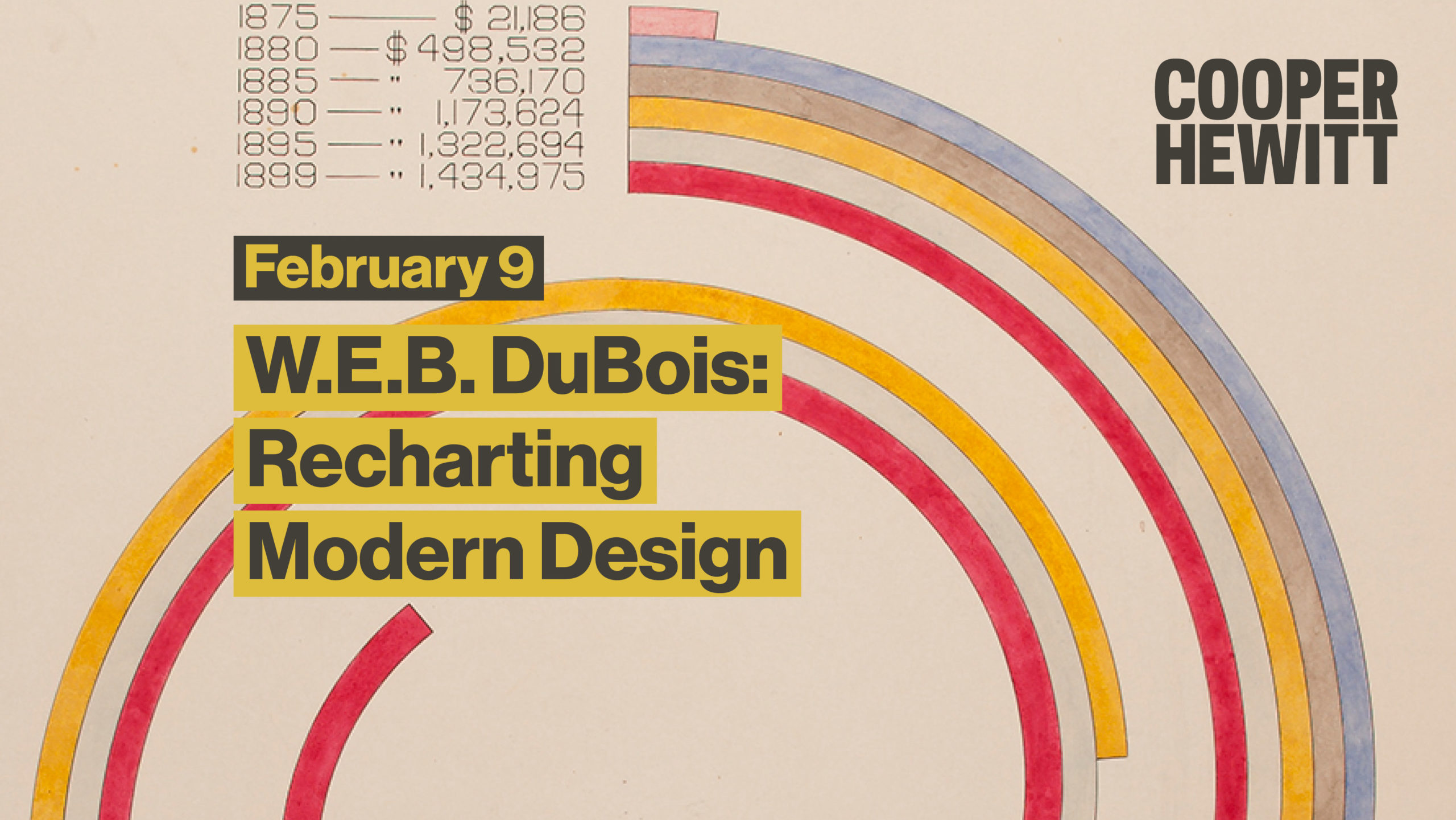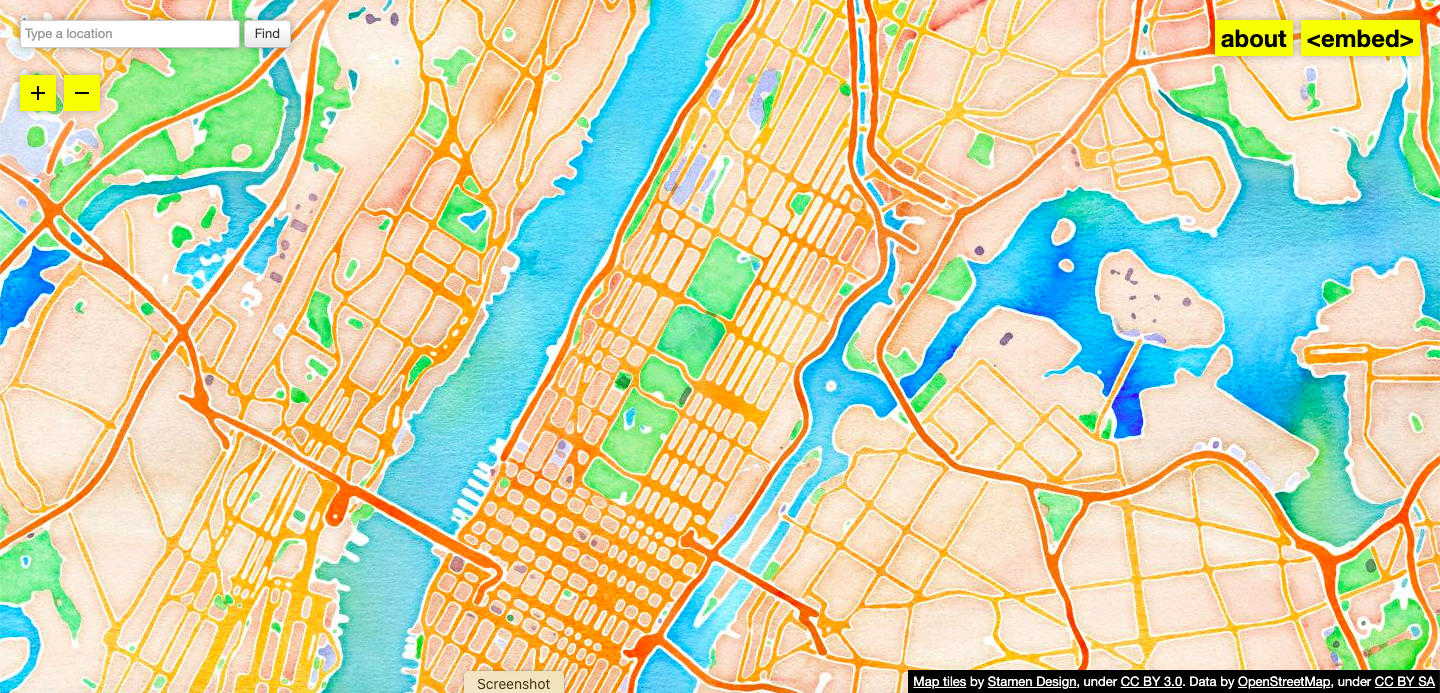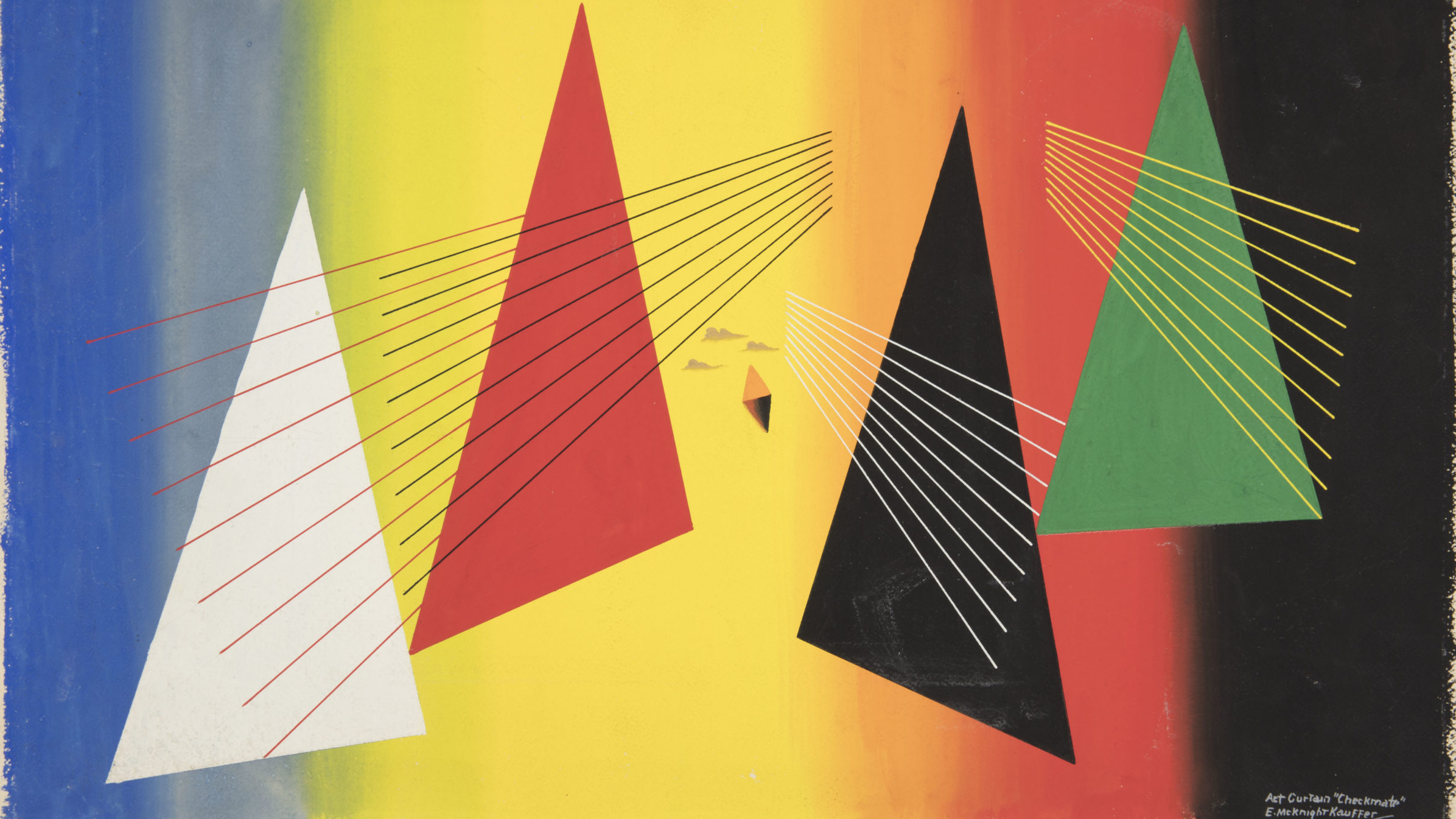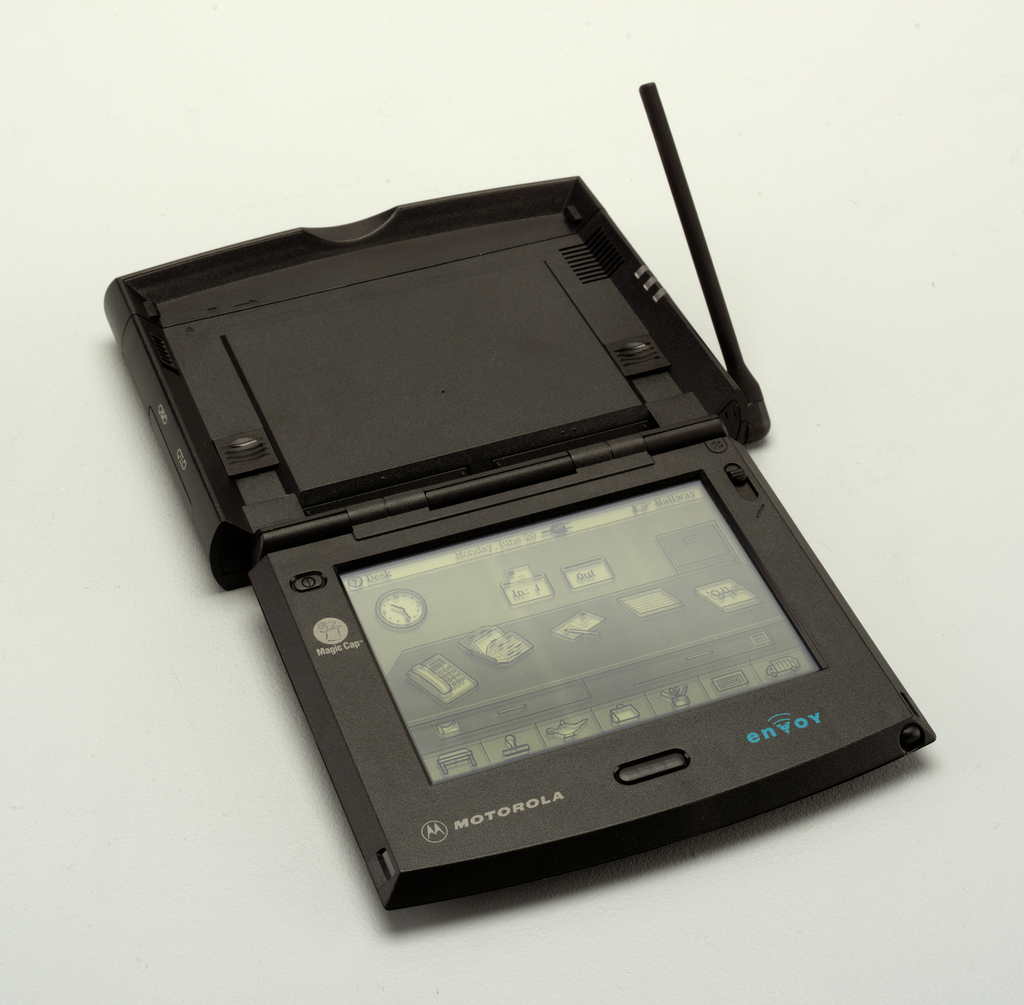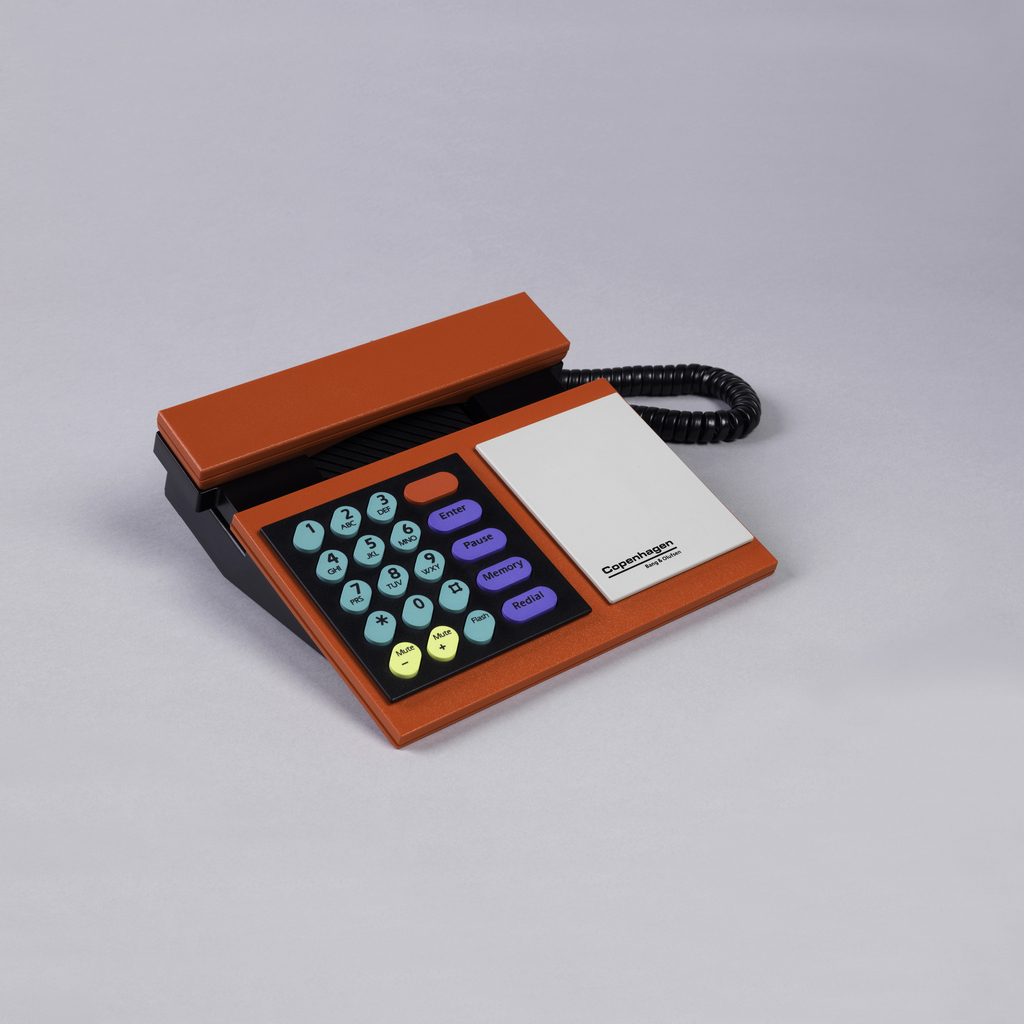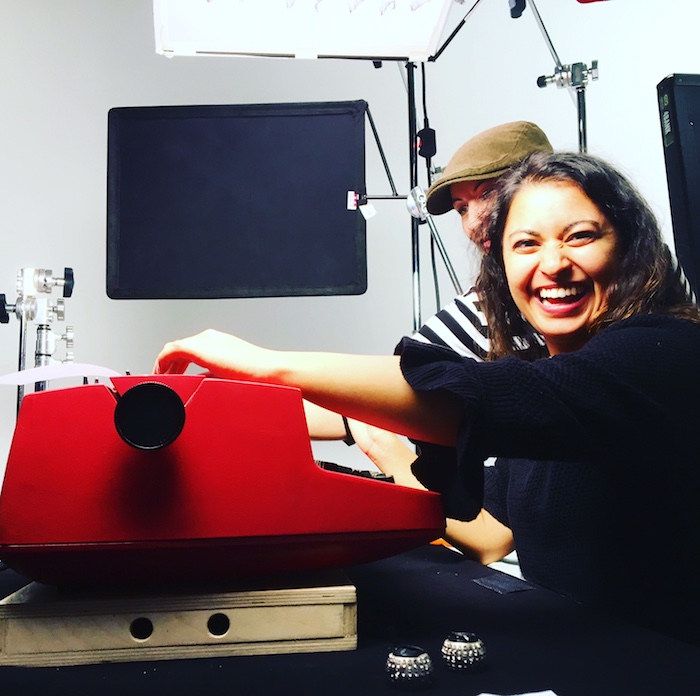Symbols are important communication tools in our daily lives, constantly evolving based on new needs and users. Symbols have the power to instruct, protect, entertain, connect, and even divide us. From 1969 to 1972, the visionary designer Henry Dreyfuss (American, 1904–1972) oversaw the making of the Symbol Sourcebook: An Authoritative Guide to International Graphic Symbols,...
In the mid-1960s, Madeleine Moore-Burrell began her career in industrial design at Henry Dreyfuss’s firm in New York City, where she was the only woman of color on staff. She contributed to the design of important new symbols for major clients including American Airlines, John Deere, Polaroid, and Singer Manufacturing Company. Her symbols for camera...
Emoji are picture-based characters that have transformed our online communication by instantly conveying details about who we are, how we are feeling, and what we believe in. The governing body Unicode Consortium annually approves and standardizes each new emoji, but anyone can submit a design. Watch and hear the stories of designers who have made...
Deconstructing Power: W. E. B. Du Bois at the 1900 World’s Fair places decorative arts from Cooper Hewitt’s permanent collection in dialogue with 20 of W. E. B. Du Bois’ innovative data visualizations. On loan from the Library of Congress, these groundbreaking visualizations document the progress of Black Americans and life inside the veil of systemic...
Parsons School of Design/Cooper Hewitt Master’s Program in the History of Design and Curatorial Studies During the COVID-19 pandemic, designers, cartographers, and visual journalists visualized the invisible contours of an unfolding crisis. Organizations like The New York Times and Policy Map as well as individual artists and designers tracked the spread of the virus and...
Presented in collaboration with the Letterform Archive, San Francisco What is Bauhaus typography, and why does it matter? Take a virtual tour of Letterform Archive’s exhibition Bauhaus Typography at 100, and get up close and personal with little-known works from the collection of Cooper Hewitt, Smithsonian Design Museum. Look at key pieces of graphic design...
Do you judge books by their covers? What makes you pick up a book or magazine? A successful cover design might allude to the content within its pages, invoke feelings, or communicate a powerful message. Designers make distinct choices to create this dynamic first impression and invite people to open the book. Join us for...
DesignING on the Front Lines | Season 2 In this virtual forum, designers and doctors talk about designing better services, PPE, public spaces, and more in the age of COVID-19. Presented by the Health Design Lab at Thomas Jefferson University and Cooper Hewitt, Smithsonian Design Museum. Season 1 took place in summer 2020. Moderated by...
At the Paris World Fair of 1900, W. E. B. Du Bois used groundbreaking statistical graphics to document the accomplishments of Black Americans and life inside “the Veil” of systemic oppression. In Fall 2022, the Library of Congress will lend a selection of these rare data visualizations to Cooper Hewitt’s Deconstructing Power: W. E. B....
Italy was the first country in the European Union to be hit hard by COVID-19. CRA-Carlo Ratti Associati in Turin, Italy created an open-source design and working prototype for an intensive care unit utilizing a shipping container. One unit can house two patients. Windows admit light and allow clinicians and family members to view patients....
Stamen Design’s founder Eric Rodenbeck discusses the inspiration behind the design of Watercolor Maptiles, recently acquired by Cooper Hewitt Smithsonian Design Museum. Watercolor Maptiles is a web-based open-source mapping tool designed by Stamen Design, a San Francisco-based data visualization and cartography design studio and winner of the 2017 National Design Award in Interaction Design. Launched...
How do graphic designers engage with Cooper Hewitt’s own graphic design collection? Curators Caitlin Condell and Emily M. Orr welcome their recent collaborators, designers Lucinda Hitchcock and Lucienne Roberts, to discuss their experiences of interpreting the work of commercial art pioneer E. McKnight Kauffer (American, 1890-1954). Hitchcock and Roberts each drew inspiration from the museum’s...
This week’s posts feature case studies from Cooper Hewitt’s Digital Collections Management Project, a conservation survey of born-digital and hybrid objects in the permanent collection. The two-year project was coordinated by an in-house team of conservators, curators, and registrar, and was conducted by digital conservation specialist Cass Fino-Radin and his team at Small Data Industries....
Throughout the late 1980s and early 1990s, the design team and one-time couple Gideon Löwy and Lone Lindinger-Löwy created a series of telephones called BeoCom, made for the Danish consumer electronics manufacturer Bang & Olufsen. The prefix “beo” is standard for all of Bang & Olufsen’s major products and the ending references the device’s purpose:...
The founder, chairman, and CEO of R/GA, a worldwide digital advertising agency, product and service innovator, and consultancy. Bob Greenberg is the 16th guest curator in Cooper Hewitt’s Selects series, in which prominent influencers, designers, and artists are invited to mine and interpret the museum’s collection of more than 210,000 objects. The R/GA team made three videos...



